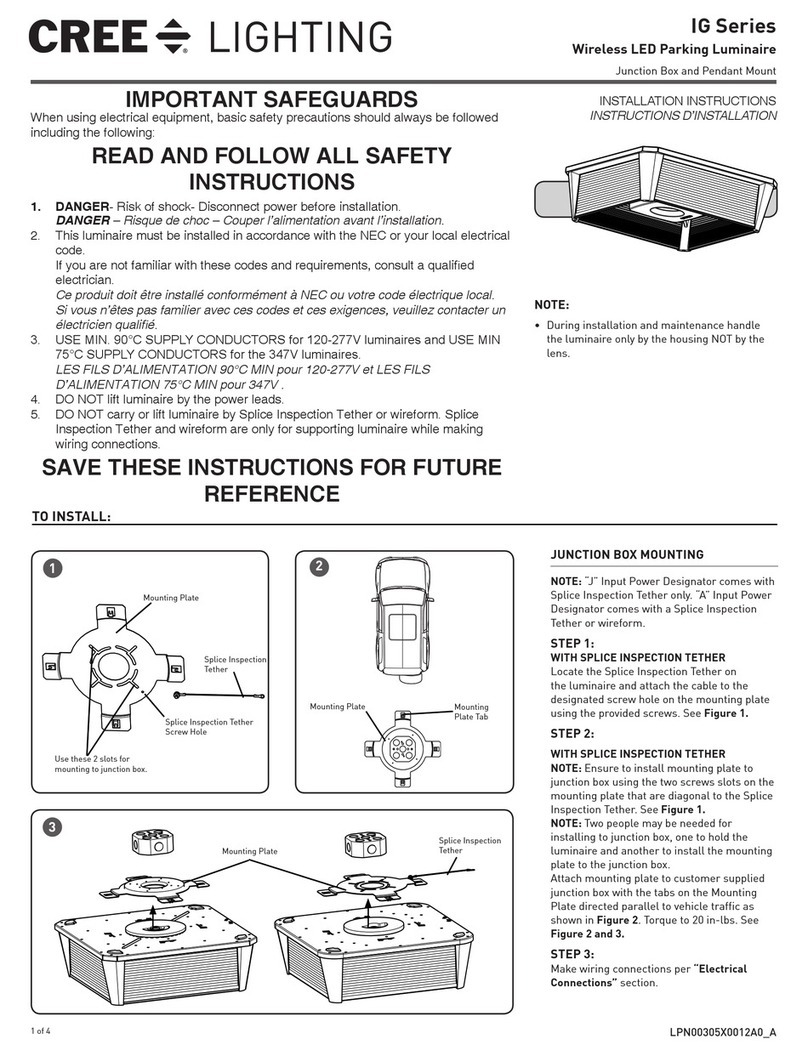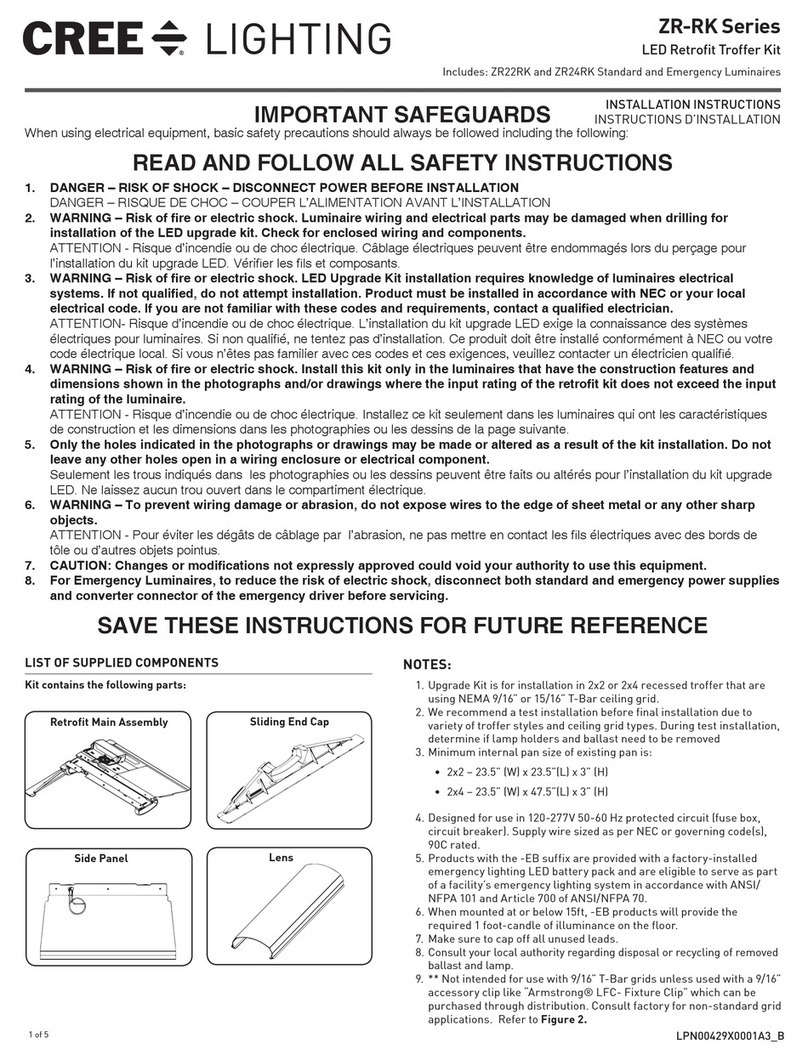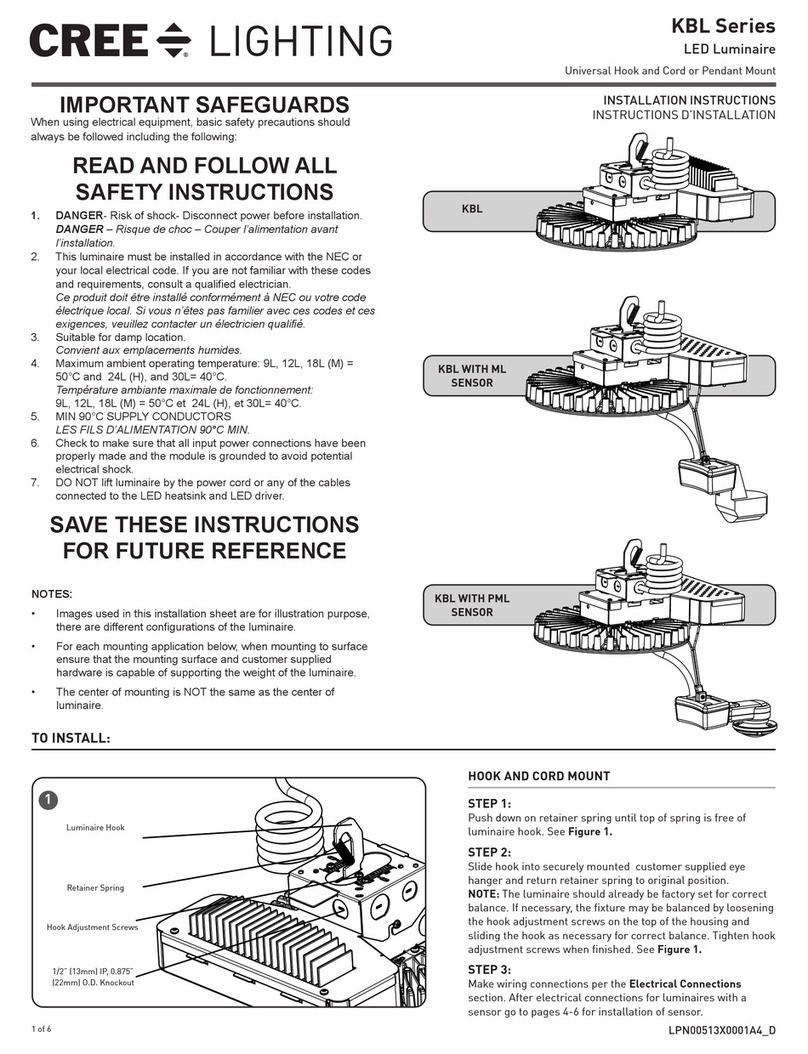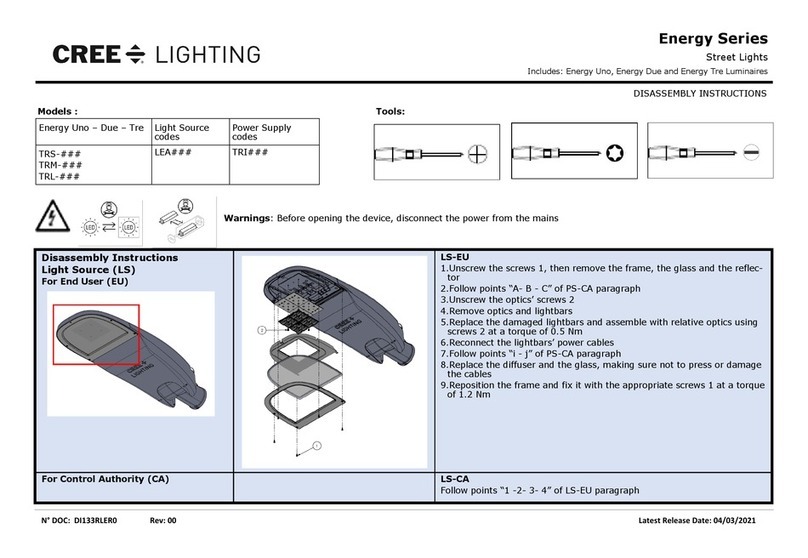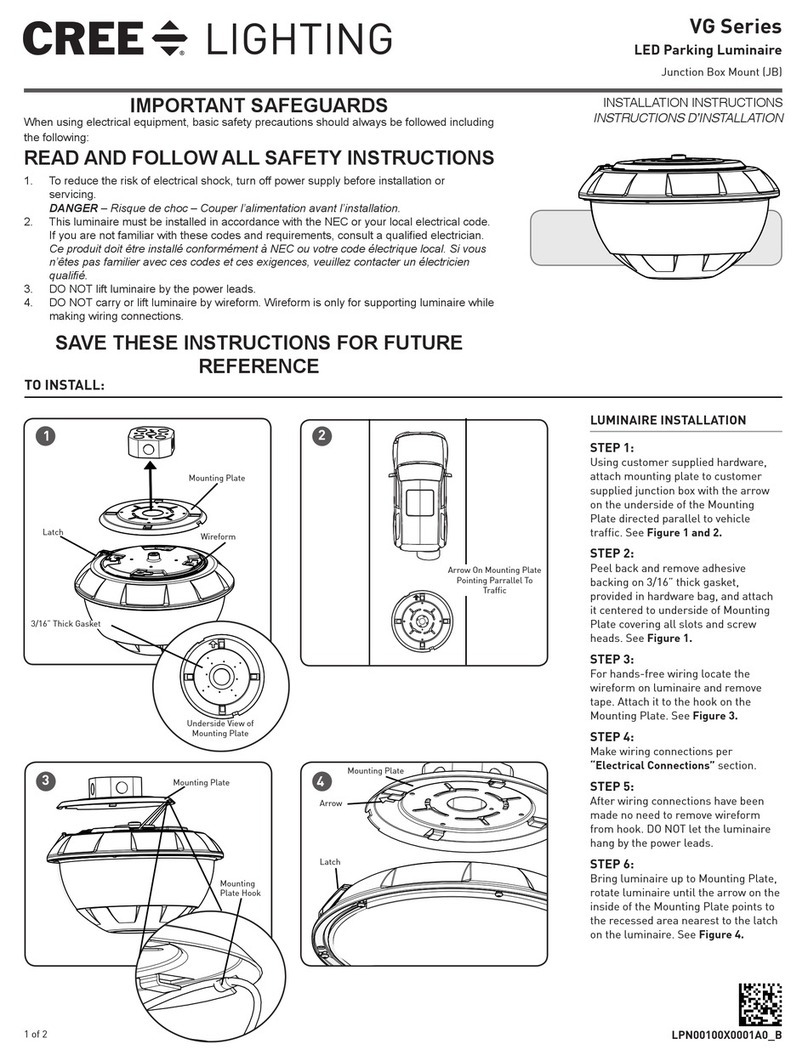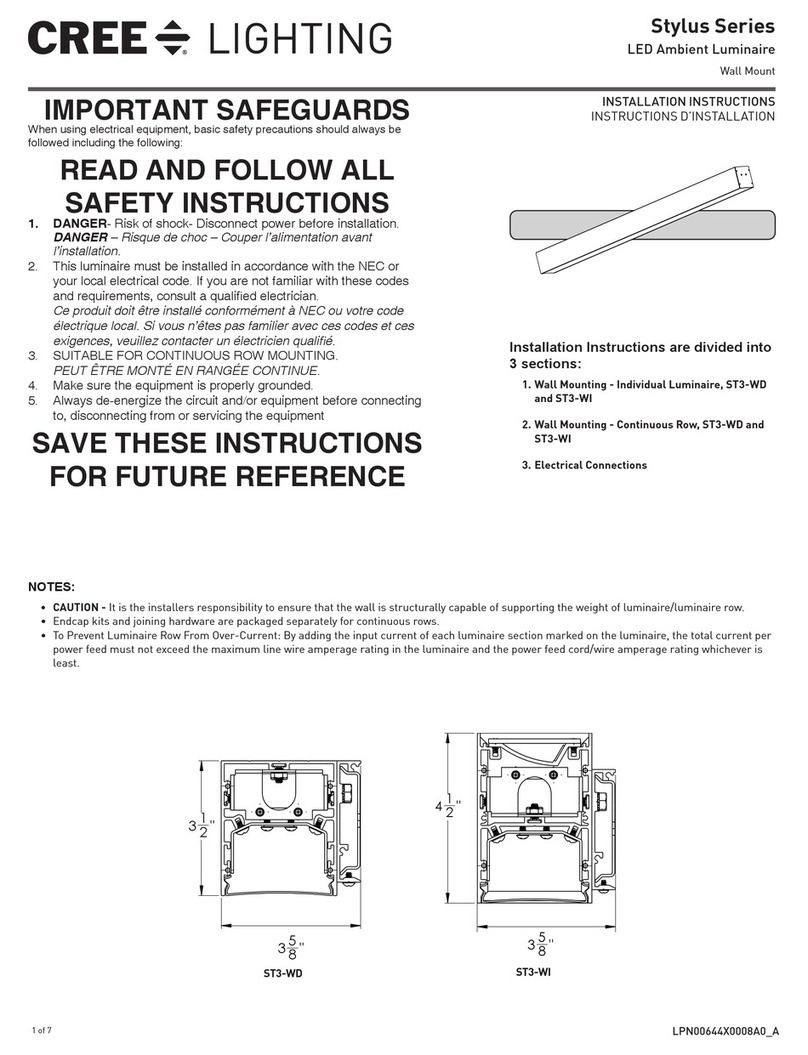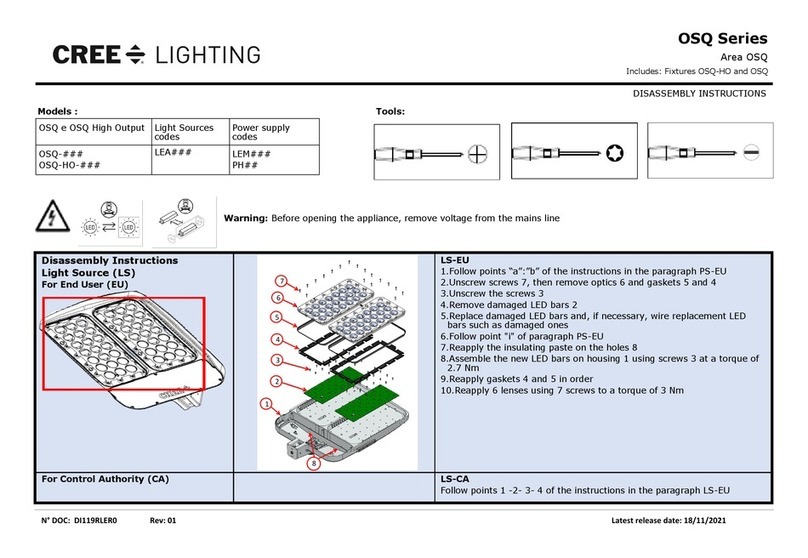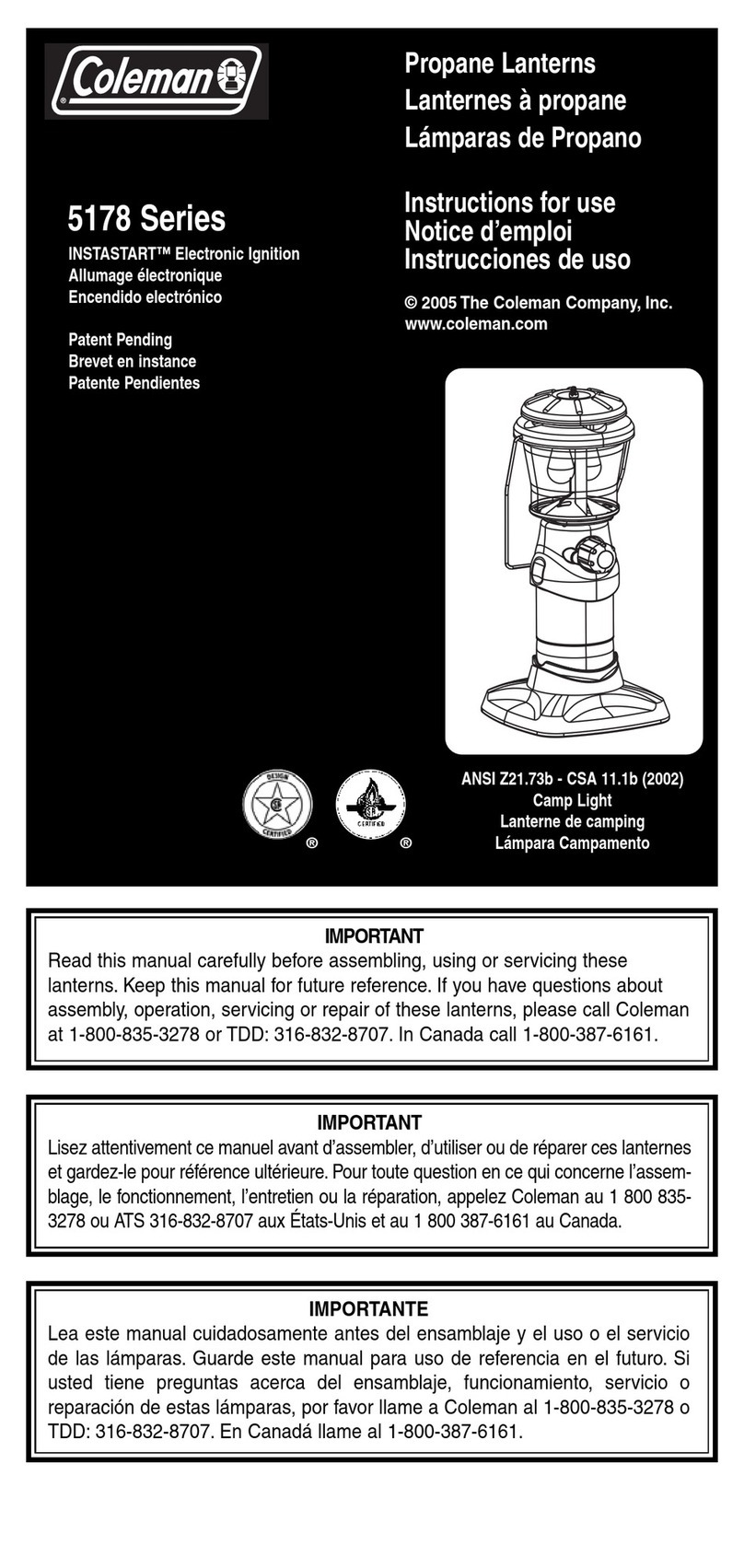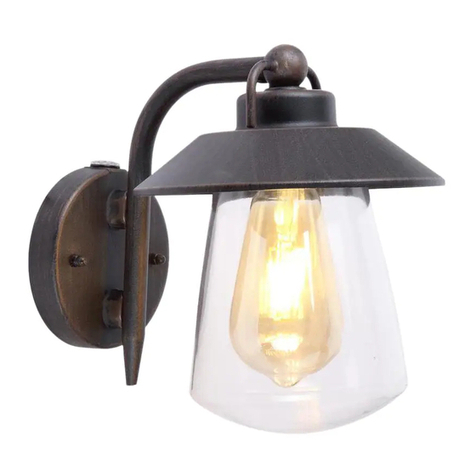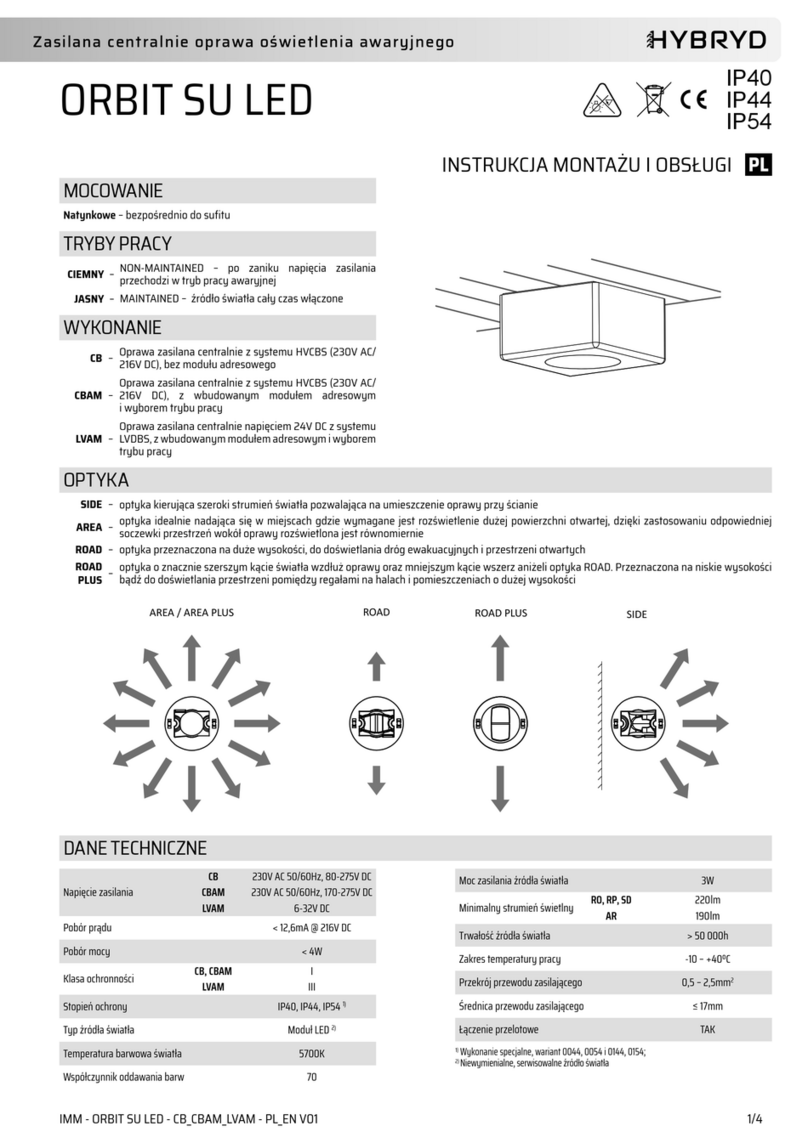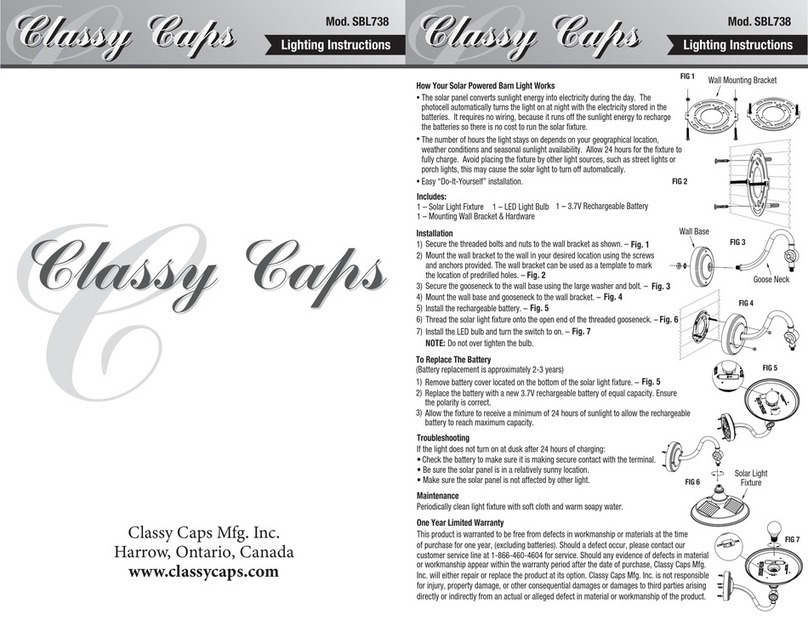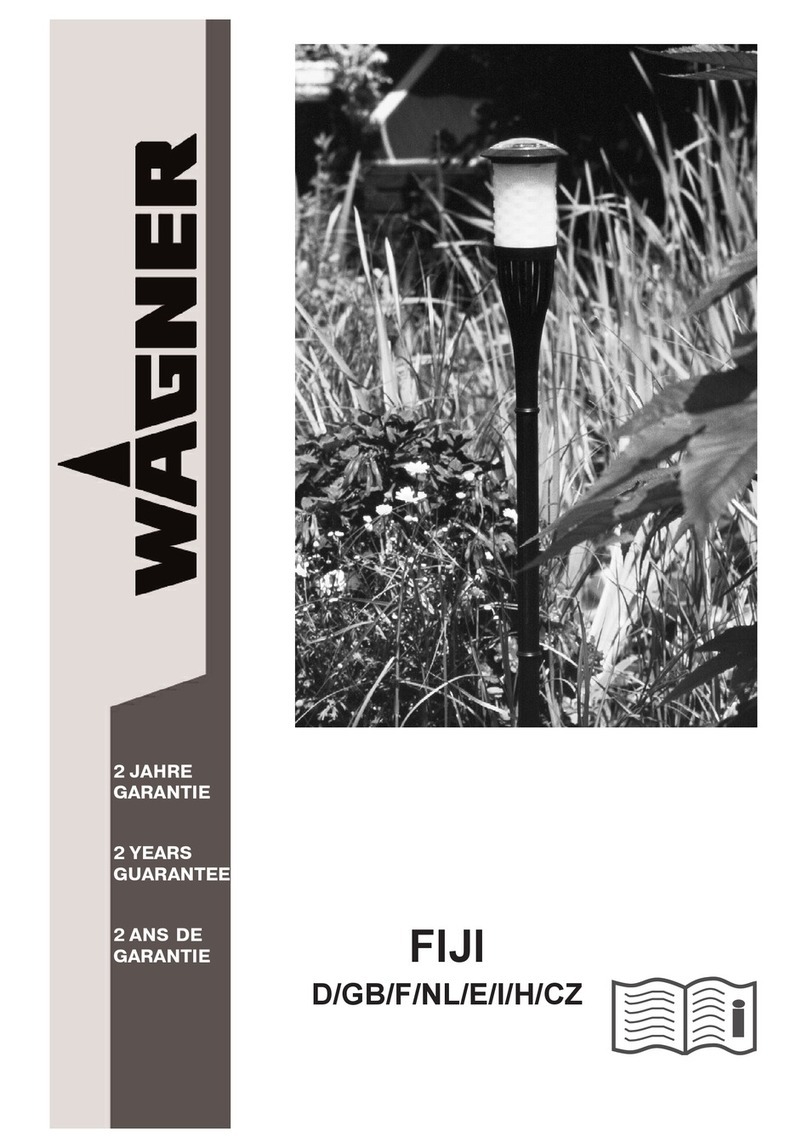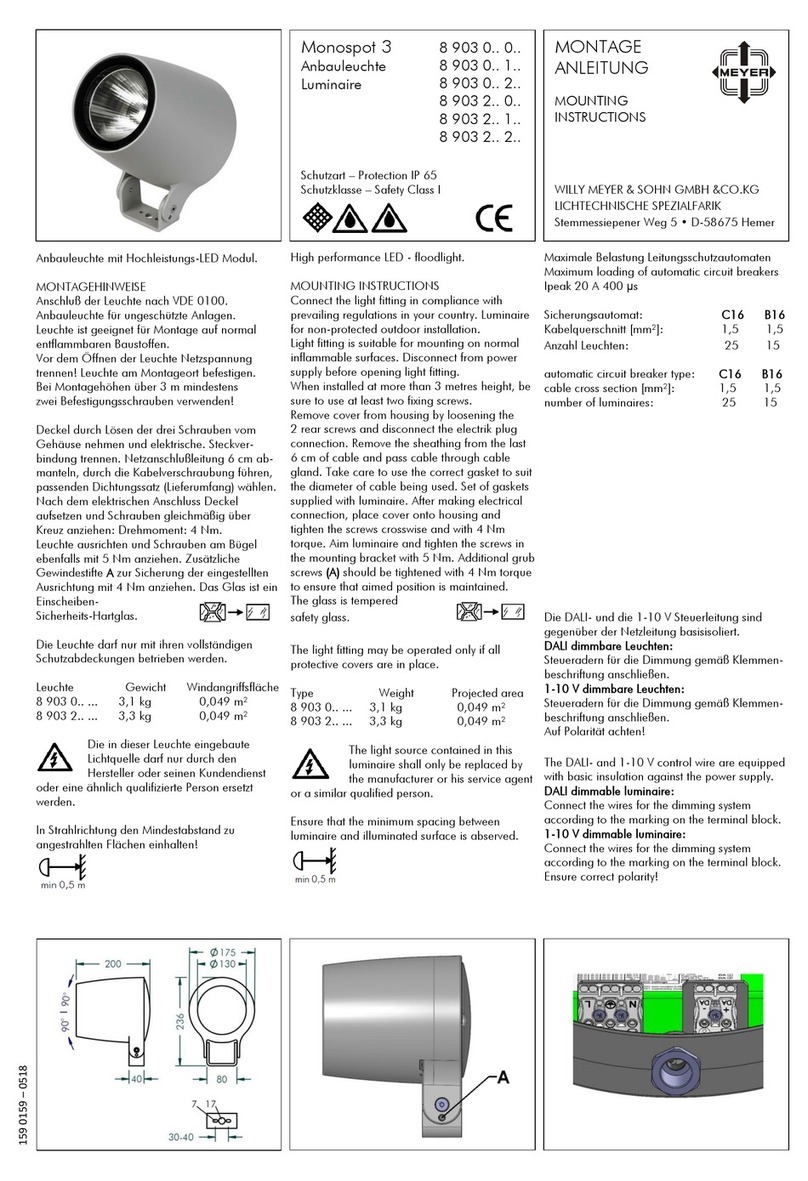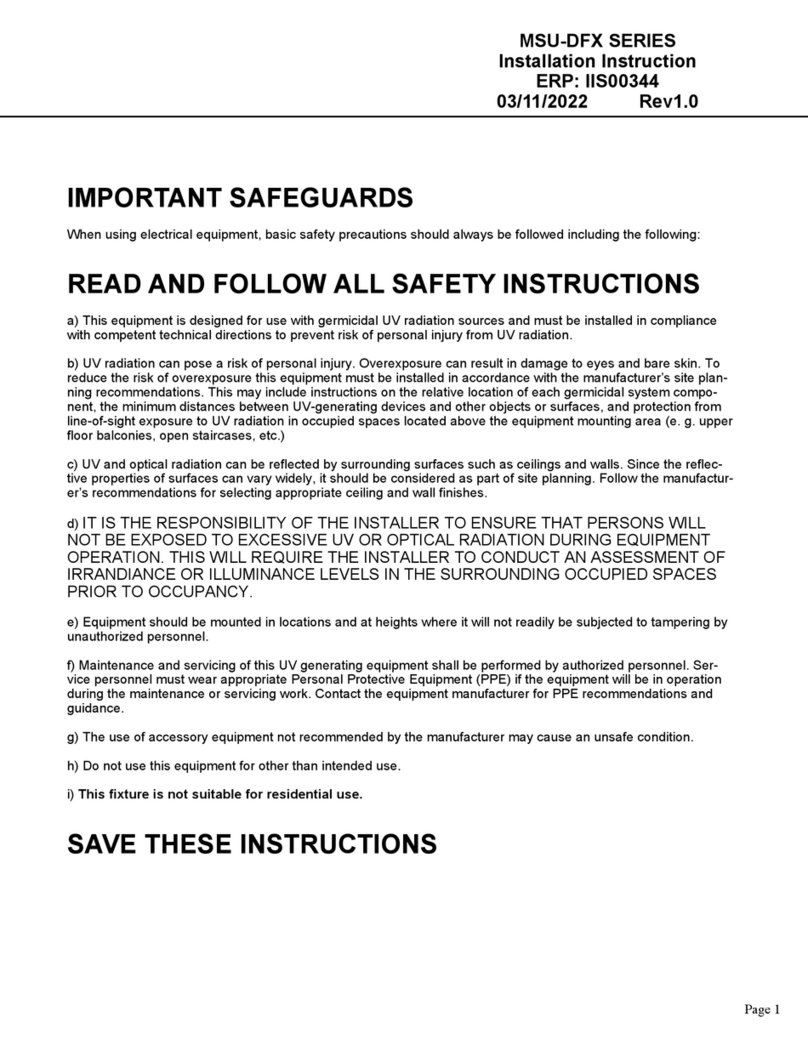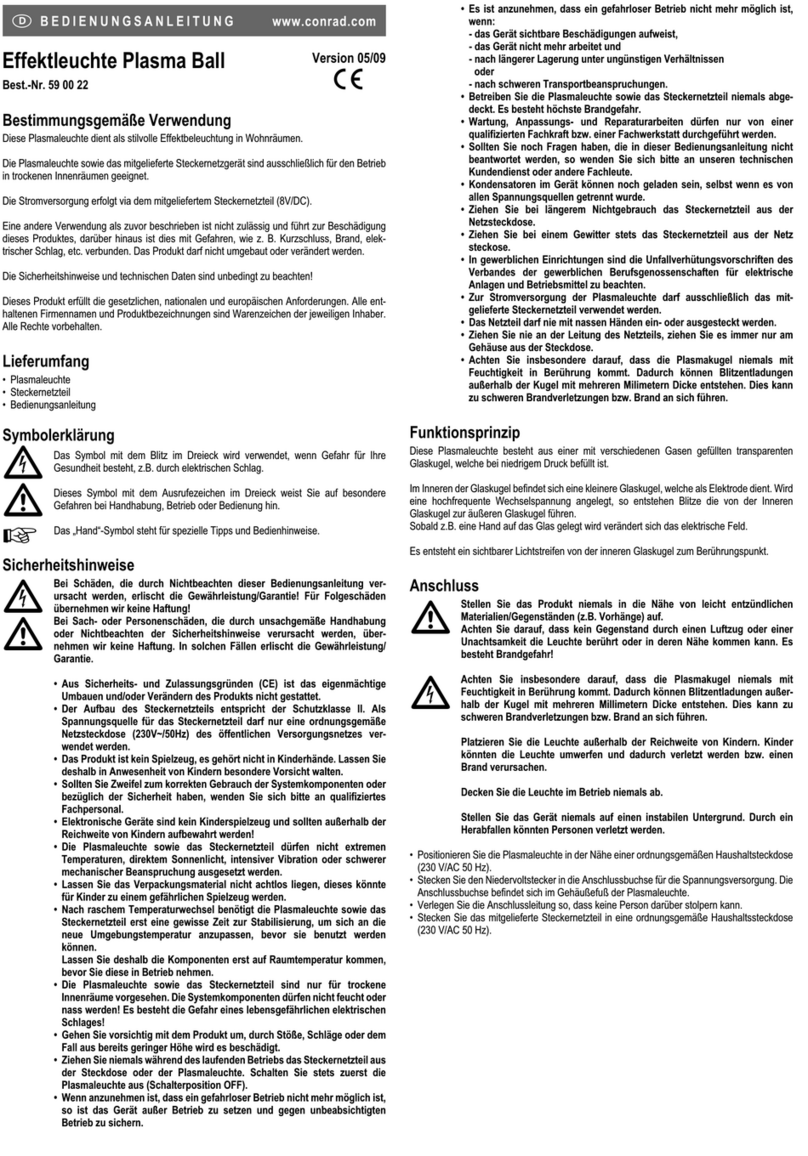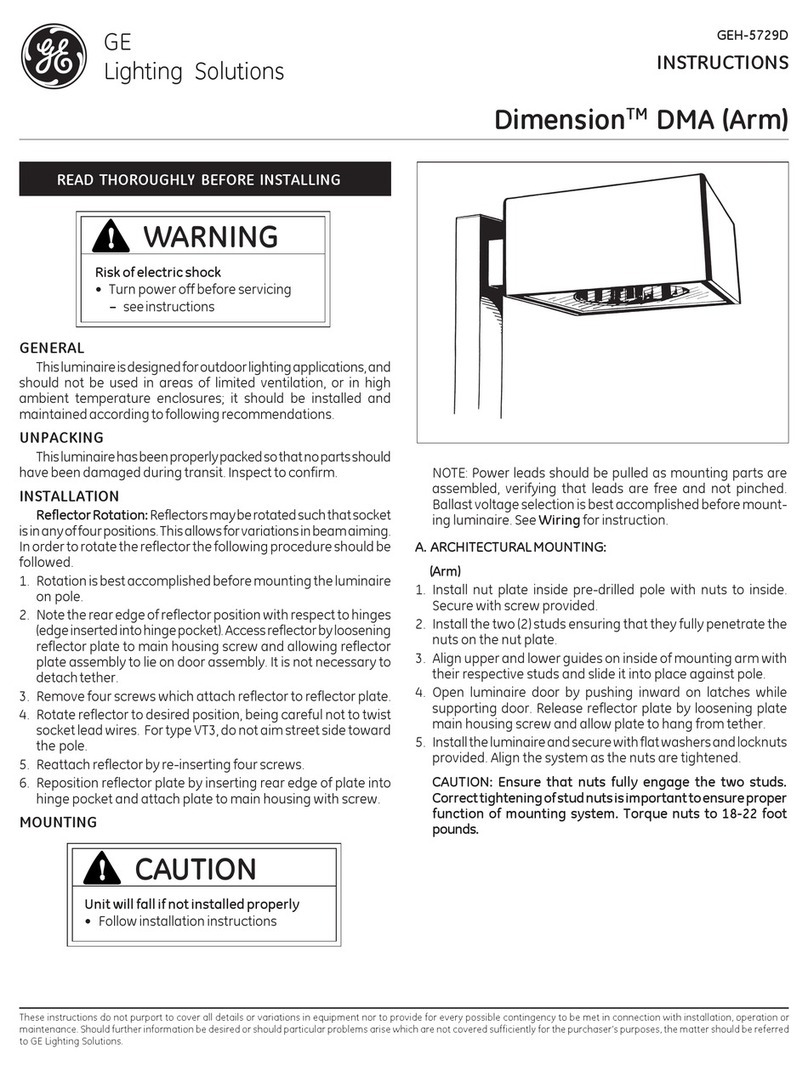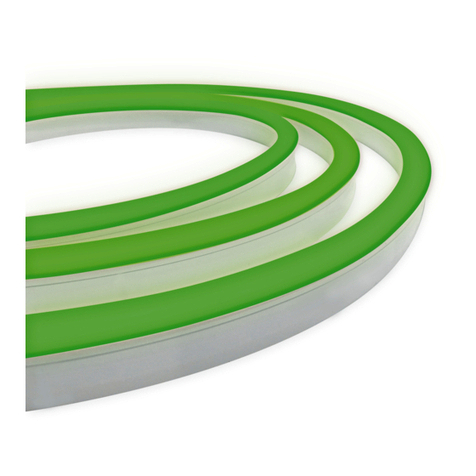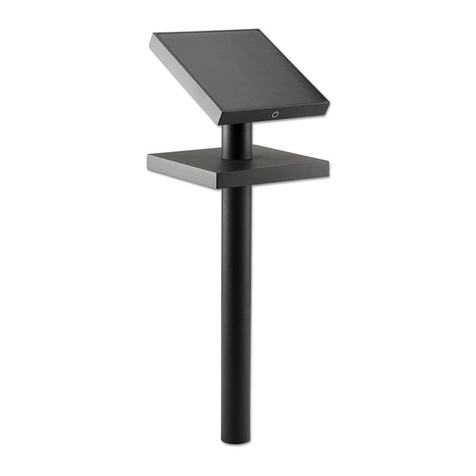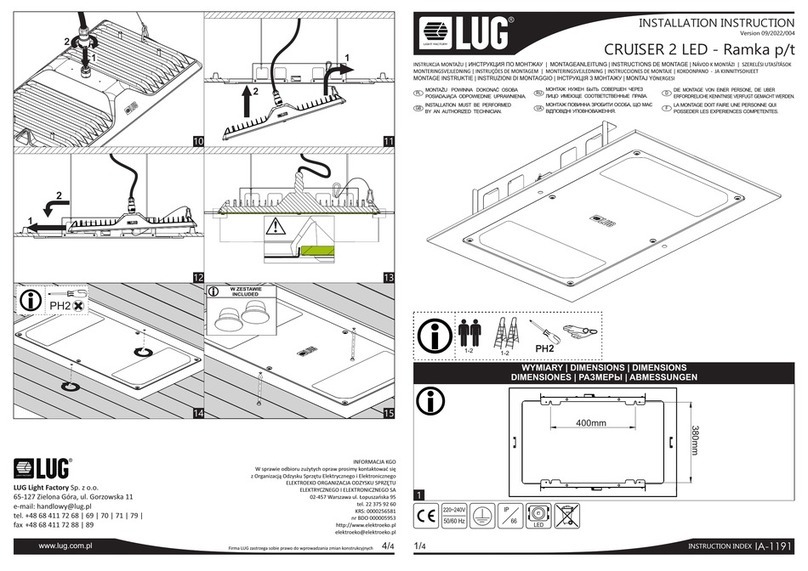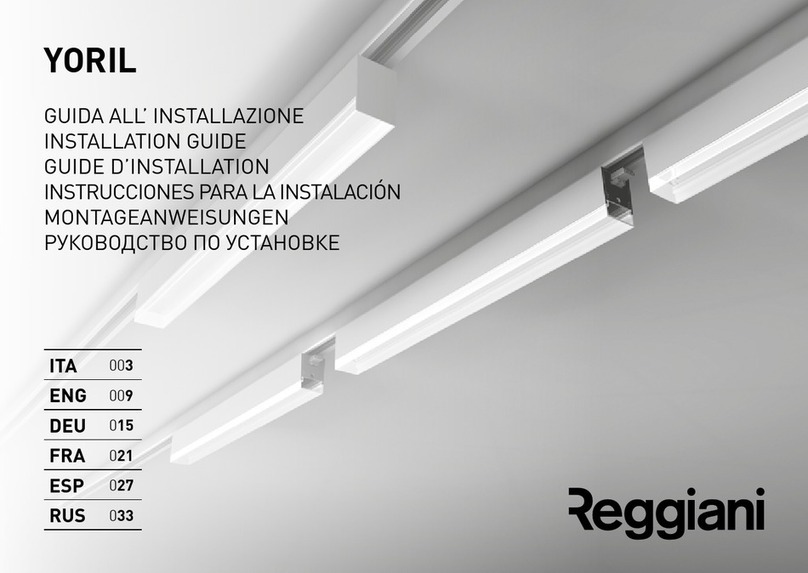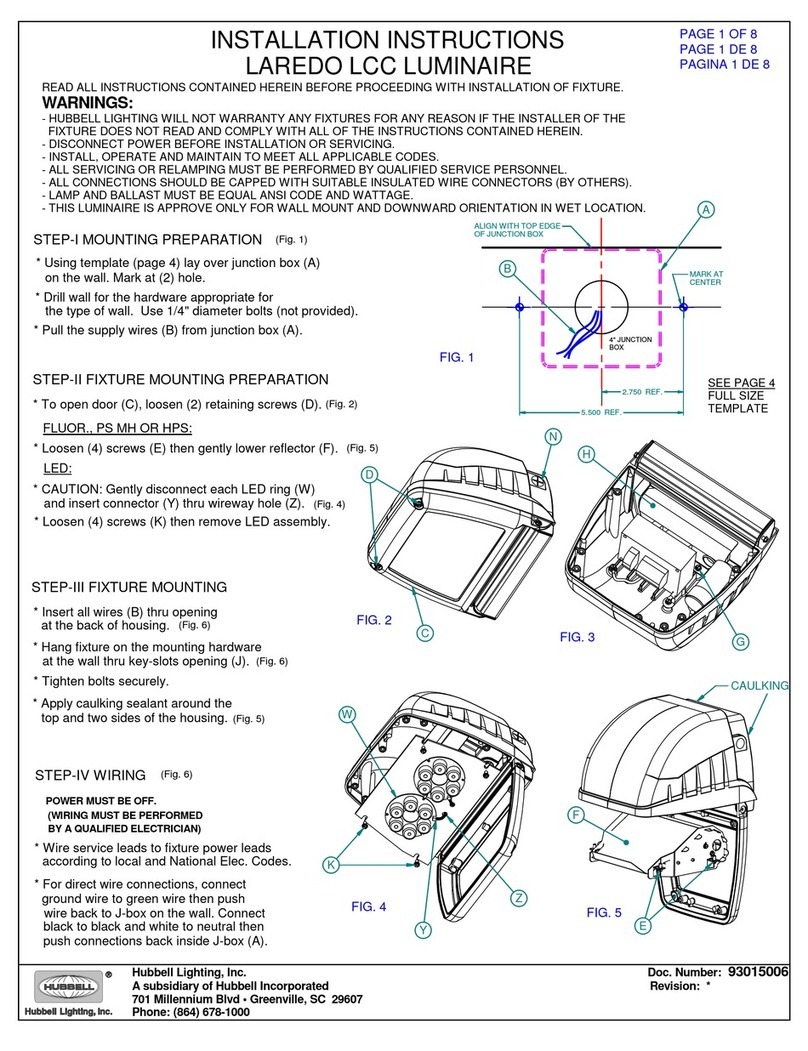
4 of 5
LPN00627X0001A1_D
EMERGENCY DRIVER CHECK
NOTE: For short-term testing of the emergency function, the battery
must be charged for at least one hour. The emergency driver must be
charged for at least 24 hours before conducting a long-term test.
STEP 1:
When AC power is applied, the charging indicator light is illuminated,
indicating the battery is being charged. When power fails, the
emergency driver automatically switches to emergency power,
operating the LED array. When AC power is restored, the emergency
driver returns to the charging mode.
STEP 2:
Although no routine maintenance is required to keep the emergency
driver functional, it should be checked periodically to ensure that it is
working. The following schedule is recommended:
• Visually inspect the charging indicator light monthly. It should be
illuminated.
• Test the emergency operation of the fixture at 30-day intervals
for a minimum of 30 seconds. When the test switch is depressed,
the LED array should operate.
• Conduct a 90-minute discharge test once a year. The LED array
should operate for at least 90 minutes.
If the luminaire fails any of these checks, consult service personnel.
REFER ANY SERVICING INDICATED BY THESE CHECKS TO
QUALIFIED PERSONNEL
EMERGENCY DRIVER AND AC DRIVER MUST BE FED FROM THE
SAME BRANCH CIRCUIT.
FEDERAL COMMUNICATION COMMISSION INTERFERENCE
STATEMENT
CAUTION: Changes or modifications not expressly approved could void
your authority to use this equipment.
This device complies with Part 15 of the FCC Rules. Operation to
the following two conditions: (1) This device may not cause harmful
interference, and (2) this device must accept any interference received,
including interference that may cause undesired operation.
This device has been tested and found to comply with the limits for
a Class A digital device, pursuant to Part 15 of the FCC Rules. These
limits are designed to provide reasonable protection against harmful
interference when the device is operated in a commercial environment.
This device generates, uses, and can radiate radio frequency energy
and, if not installed and used in accordance with the instruction
manual, may cause harmful interference to radio communications.
Operation of this device in a residential area is likely to cause harmful
interference in which case the user will be required to correct the
interference at his own expense.
INDUSTRY CANADA STATEMENT
This device complies with Industry Canada licence-exempt RSS
standard(s). Operation is subject to the following two conditions: (1)
this device may not cause interference, and (2) this device must accept
any interference, including interference that may cause undesired
operation of the device. In addition, this device complies with ICES-003
of the Industry Canada (IC) Regulations.
Le présent appareil est conforme aux CNR d’Industrie Canada
applicables aux appareils radio exempts de licence. L’exploitation est
autorisée aux deux conditions suivantes : (1) l’appareil ne doit pas
produire de brouillage, et (2) l’utilisateur de l’appareil doit accepter
tout brouillage radioélectrique subi, même si le brouillage est
susceptible d’en compromettre le fonctionnement.
INSTALLING SAFETY CABLE
NOTE: Safety Cable is sold separately as an accessory,
please refer to installation sheet in safety cable
packaging for complete installing instructions.
STEP 1:
Attach one end of the safety cable through the fin of the
heatsink. See Figure 8.
STEP 2:
Attach other end of the safety cable to mounting surfaces
using customer supplied hardware.
Safety Cable
Heatsink
8





